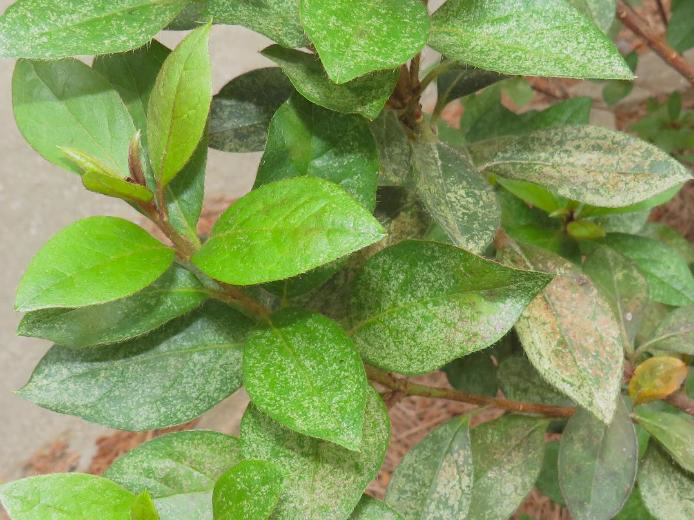It’s time to care for azaleas
Tyler is known far and wide for its beautiful azaleas, and it’s important we treat these East Texas icons with the notoriety that they’ve earned. If you haven’t already fertilized yours this spring, there’s still time. When fertilizing azaleas, remember that less is more. Small amounts applied correctly are far better than heavy-handed applications. Choose an “acid lover” fertilizer labeled for azaleas, camellias, and gardenias. For larger plantings, ammonium sulfate (21-0-0) may be a more affordable option.
A good rule of thumb is to fertilize lightly once spring growth begins and no later than mid-July. Distribute fertilizer evenly across the planting bed, never in piles, and water it in thoroughly. If you’re lucky enough to time it before a rain, even better. Never leave fertilizer sitting on the leaves, which can cause burning.
Azalea pruning is typically done right after blooming, which also happens to coincide with fertilizing. A light shearing using hedge trimmers as the new flush of growth appears will keep them full and blooming heavily next spring. For smaller or more formal azaleas, snipping back long or awkward shoots helps keep them tidy. Prune before late summer though, since that’s when azaleas start forming their flower buds for the following year. Prune in fall or winter and you’re cutting off your own show.
Now is also the ideal time to freshen up mulch around azaleas. Pine straw is best, but pine bark, either shredded or composted, works well too. Sphagnum peat moss lightly spread around the root zone is also a nice treat. Mulch helps retain soil moisture, moderate soil temperature, and suppress weeds, but don’t mound it up against the trunks. Mulch or soil too high around the stems can lead to stem and crown rot.
During our hot, dry East Texas summers, azaleas need about an inch of water every two weeks, less if we’ve had rain, of course. If you notice your azaleas developing yellow leaves with green veins, they may be suffering from iron chlorosis. You can correct it with iron sulfate (copperas) or a chelated iron product. However, some leaf yellowing is completely normal in late winter or early spring when azaleas naturally shed old foliage.
The most common insect pest on azaleas is the azalea lace bug, which feeds on the undersides of leaves. Affected leaves may look bleached or speckled, with tiny dark spots underneath from the insects and their droppings. Lace bugs are more common on stressed plants, especially those growing in full sun. A granular systemic insecticide containing imidacloprid applied after blooming can help prevent damage. Avoid using systemic insecticides on azaleas during the late winter, early spring, or when they are blooming to protect pollinators.
Azaleas can be a bit picky, but if you give them what they need, acidic soil, regular moisture, partial shade, and proper care, they’ll reward you with unmatched spring beauty year after year.

